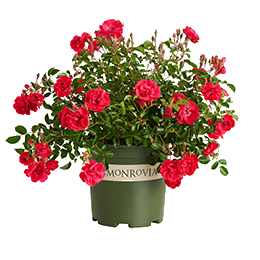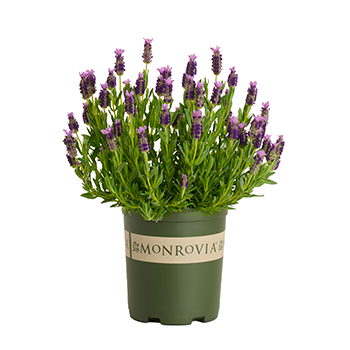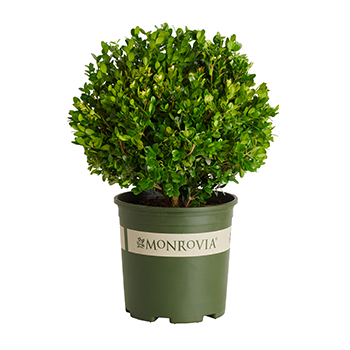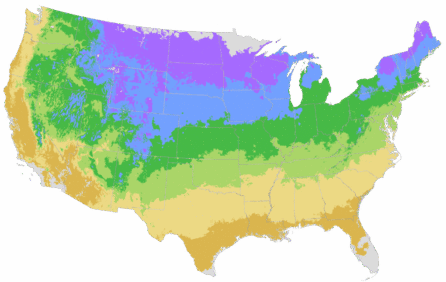You're growing in this Zip Code:
Change LocationDiscover Plants for Your Area
Tupelo
Nyssa sylvatica
We no longer grow this plant
Be Inspired: How to Use this Plant
| Bloom Time | Inconspicuous; prized for foliage. |
|---|---|
| Deciduous/Evergreen | Deciduous |
| Special Features | Attractive Bark, Fall Color, Waterwise, North American Native, Benefits Birds |
| Problems/Solutions | Coastal Exposure, Very Wet Areas, Road Salt Tolerant |
| Growth Rate | Moderate |
| Growth Habit | Rounded |
| Design Ideas | This beautiful native of the Southeast is an excellent tree for low and damp areas. Use as a shade tree in wild and native gardens. Place in the back of the landscape, where it has room to flourish. |
| Foliage Color | Dark Green |
| Foliage Fall Color | Red |
| Companion Plants | Sweetgum (Liquidambar); Southern Magnolia (Magnolia grandiflora); Yellow Twig Dogwood (Cornus sericea); Swamp Jessamine (Gelsemium); Carolina Allspice (Calycanthus floridus) |
| Care Instructions | Provide deep, acidic, moist, well-drained soil. Water deeply and regularly during the first few growing seasons to establish an extensive root system. Once established prefers evenly moist soil, but tolerates dry spells and heavy moisture. Apply fertilizer before new growth begins in spring. Prune for shape and structure in winter. |
| History | This native tree enjoys a very large range of low swampy sites extending from Canada to Florida and west to Texas into Mexico. An important tree to the honey industry introduced to Europe in 1750. It was classified by Humphrey Marshall of Pennsylvania. |
| Lore | Linnaeus who conferred the name, Nyssa, after a mythological water nymph to describe the tree's preference for watery sites. |
| Bloom Time | Inconspicuous; prized for foliage. |
|---|---|
| Deciduous/Evergreen | Deciduous |
| Special Features | Attractive Bark, Fall Color, Waterwise, North American Native, Benefits Birds |
| Problems/Solutions | Coastal Exposure, Very Wet Areas, Road Salt Tolerant |
| Growth Rate | Moderate |
| Growth Habit | Rounded |
We no longer grow this plant
We no longer grow this plant
Buy Online
This plant is not available to purchase online.
We no longer grow this plant. For replacement suggestions, check out the plants “You May Also Like” below.
About Us
We have been pioneers and craftsmen in the art of growing plants for nearly
100 years. Since our founding in Southern California by Harry E. Rosedale, Sr.
in 1926, we have been absolutely dedicated and obsessed with quality.
We have been pioneers and craftsmen in the art of growing plants for nearly 100 years. Since our founding in Southern California by Harry E. Rosedale, Sr. in 1926, we have been absolutely dedicated and obsessed with quality.





